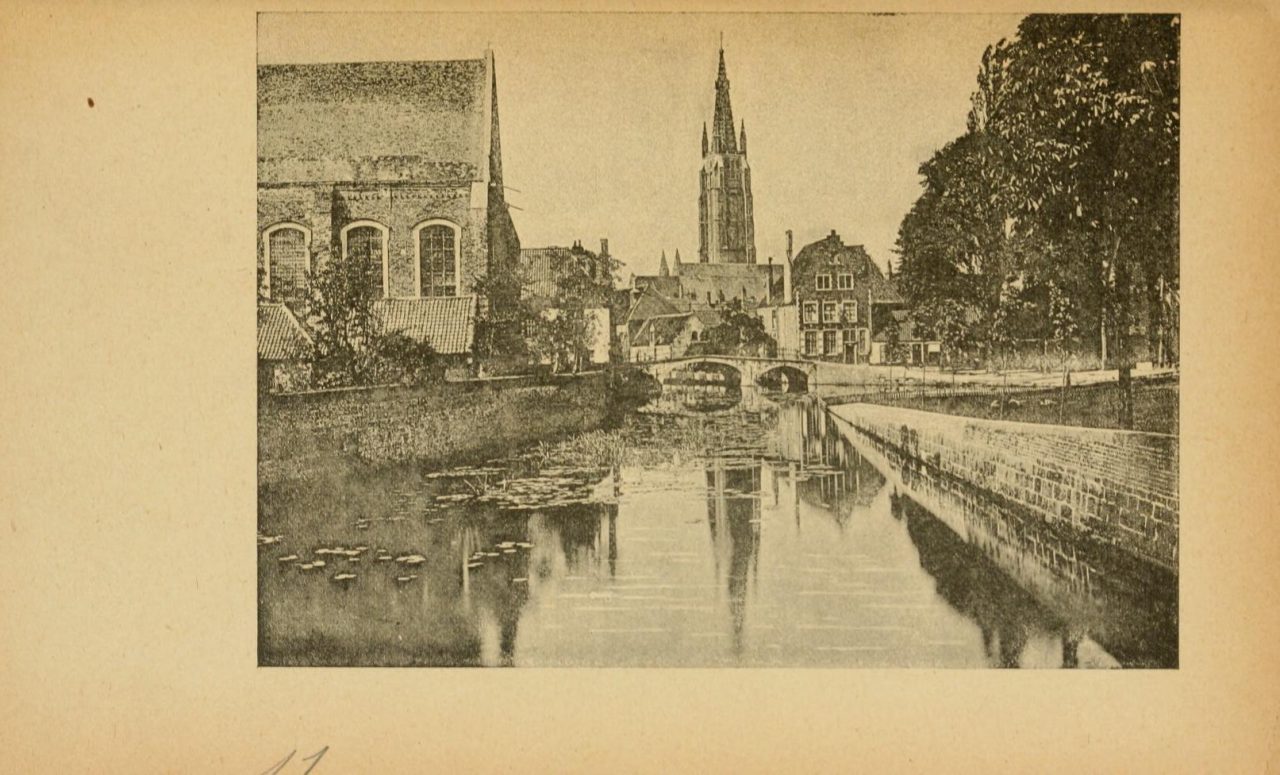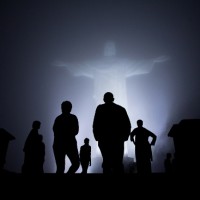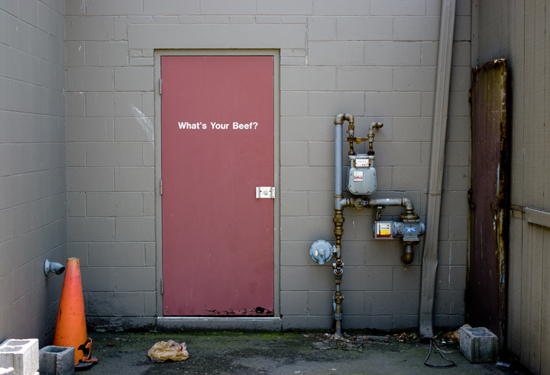Andrew Zornoza: “Mirrors in the City of the Dead”
When I began to write my first book, Where I Stay, I was trying to erase the memory of certain photographs that had followed me my whole life. I think everyone has objects like that — letters from lost friends, dried flowers, old keychains — these objects stay in some box at the back of a dusty drawer. After years of struggling with the form of the book, I decided to just paste these photographs into the novel. But putting photographs with text is problematic — it disrupts the suspension of disbelief that is critical to any viewing experience. I came to an uneasy peace with this disruption — and learned to work with the space between the photographs and the sentences. This was important to me, a type of absence. I couldn’t have articulated that back then: I was just a kid. I had never been to Paris. Rodenbach, I would have thought, a type of malt liquor; Levy-Dhurmer, a jeans store at the mall. But, now, even after I’ve long retired Where I …




